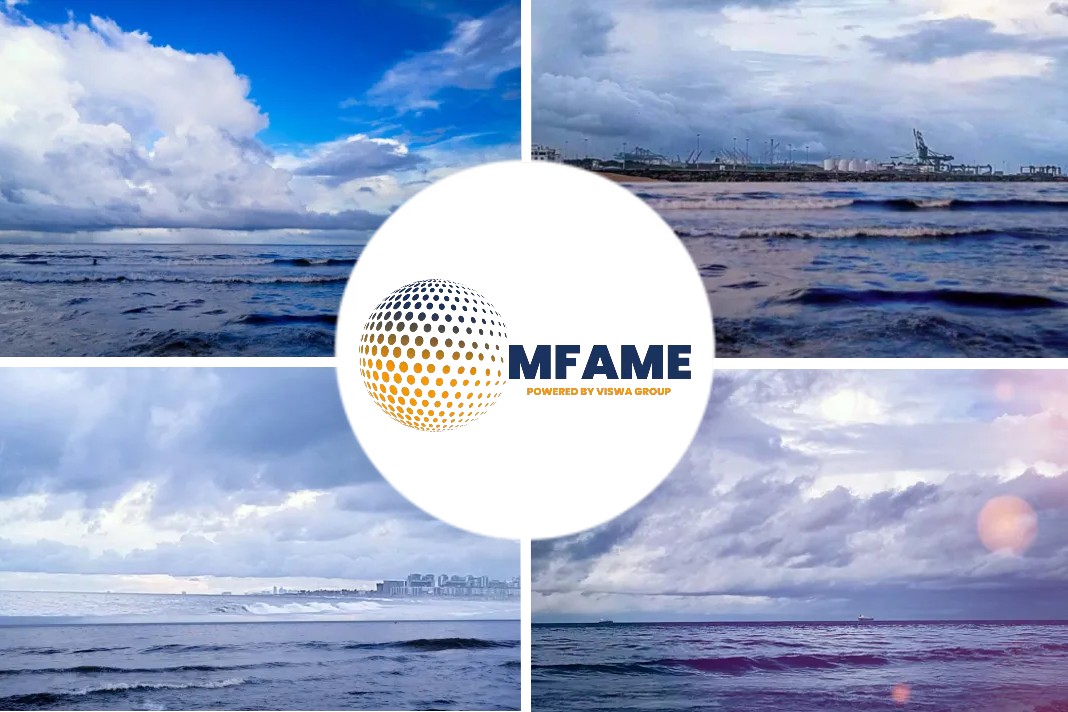French firm GTT has developed a versatile LNG feeder & bunker vessel concept for worldwide operation without the use of ballast water, reports MarineLink.
GTT Developments
Over the recent years, GTT has been working in this space with different designers and shipbuilders.
The above image shows a 7500 m3 single-screw design made in cooperation with FKAB in Sweden. Such a design is well adapted for small-scale distribution in highly sensitive areas such as the Baltic Sea.
Within a Joint Industry Project, a 28k single-screw vessel with two tanks was designed. GTT Partners were Dalian Shipbuilding Industry Corporation, Lloyd’s Register, and Exmar from Belgium. The studies comprised a full sloshing test campaign at GTT, seakeeping calculations made by LR, the vessel design work done by DSIC, and interface and operation aspects reviewed by Exmar.
Also, the first batch of seakeeping tests was performed in the SSSRI ship model basin in Shanghai.
The outcome and good results are very promising. An AiP was issued by Lloyd’s Register, confirming the feasibility.
The « Shear-Water » project: extensive testing proves the concept
Building on the experience gained on the previous ballast-water-free projects, as well as the recently built membrane-type LNG Bunker vessels, GTT has developed a new concept for a vessel, which may serve either as LNG bunker vessel or as a regional feeder.
The design includes numerous advantages, such as reduced investment & operating costs, simplified operations, reduced corrosion, and a prolonged lifetime.
Two identical cargo tanks are provided for simplified operations, and a very effective Anti-Roll-Tank is provided in the vessel’s fore part.
Compared with the two previous designs, Shear-Water has a twin-screw azimuth propulsion system, increasing the maneuvering performance and providing a high power reserve in harsh conditions when empty.
Emissions are reduced through lower consumption, on average by a power reduction of over 10% versus a conventional vessel.
Specific issues such as pilot boarding, trim regulation and dry docking were identified, investigated and solutions validated by design. Especially in coastal trades with frequent calls to major rivers, the benefits are substantial.
Did you subscribe to our daily Newsletter?
It’s Free! Click here to Subscribe
Source: MarineLink






















